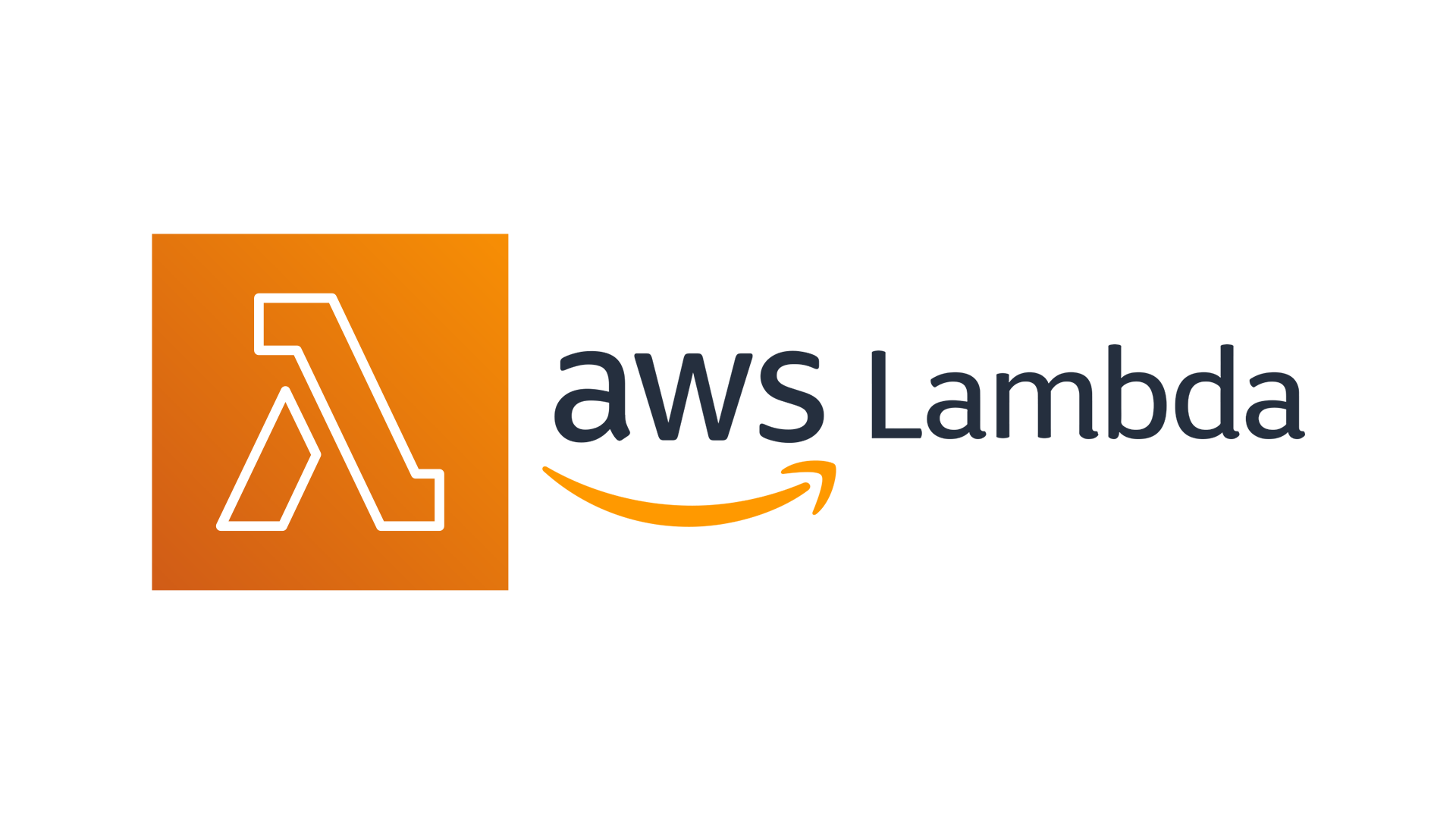Services Tech Stacks refer to a collection of tools, frameworks, and technologies used to develop and manage the backend components of modern applications. These stacks play a crucial role in enabling the development of scalable, resilient, and efficient applications by leveraging various architectural principles and cloud-based services.
[ez-toc]
Key Types of Service Tech Stacks
#1 Microservices Architecture
Microservices architecture is a design approach where an application is composed of small, independent services that are loosely coupled and independently deployable. Each service focuses on a specific business function and communicates with other services through APIs. This architecture promotes agility, scalability, and fault isolation, making it easier to develop and maintain complex applications.
#2 Backend as a Service (BaaS)
BaaS is a cloud computing model where third-party providers offer backend services such as databases, authentication, and push notifications as a service. This allows developers to offload backend infrastructure management tasks, reduce development time, and focus on building core application features. BaaS solutions are often used to accelerate development, especially for mobile and web applications.
#3 Service-Oriented Architecture (SOA)
SOA is an architectural style where software components are designed as reusable services that can be accessed and composed to fulfill specific business requirements. These services are typically exposed through standardized interfaces (e.g., SOAP or REST APIs) and can be orchestrated to create complex workflows. SOA promotes modularity, interoperability, and reusability, making it easier to adapt to changing business needs.
#4 Cloud-based Services
Cloud-based services encompass a wide range of services and resources provided by cloud computing platforms such as AWS, Google Cloud, and Microsoft Azure. These services include compute, storage, networking, databases, machine learning, and more. By leveraging cloud-based services, developers can build highly scalable and flexible applications without the need to invest in and manage on-premises infrastructure. Cloud-based services also offer features like auto-scaling, high availability, and global reach, enabling applications to handle varying workloads and ensure reliability.
In summary, Services Tech Stacks combine microservices architecture, BaaS, SOA, and cloud-based services to empower developers to build scalable, resilient, and efficient applications. These components enable developers to focus on delivering value to users while abstracting away the complexities of infrastructure management and promoting agility in application development.
Exploring the Utilization of Services Tech Stacks
Services Tech Stacks enhance the agility, scalability, and maintainability of applications by enabling rapid development, flexible scaling, and modular architecture.
Agility

- Rapid Development and Deployment: Services Tech Stacks, especially those based on microservices architecture and cloud-based services, enable developers to break down applications into smaller, independent services. This modular approach allows teams to work on different components simultaneously, accelerating development cycles.
- Continuous Integration and Delivery (CI/CD): Services Tech Stacks facilitate the implementation of CI/CD pipelines, enabling automated testing, integration, and deployment processes. This automation reduces manual overhead, speeds up release cycles, and ensures that changes can be quickly and safely delivered to production environments.
- Flexibility and Adaptability: By leveraging service-oriented architectures and cloud-based services, developers can easily add, modify, or remove services as needed. This flexibility allows teams to respond rapidly to changing business requirements, market demands, and user feedback, ensuring that the application remains relevant and competitive.
Scalability

- Horizontal Scaling: Services Tech Stacks support horizontal scaling, where additional instances of services can be deployed to handle increased load or demand. With microservices architecture and cloud-based services, developers can dynamically scale individual services independently based on workload patterns, ensuring that the application can handle fluctuations in traffic without performance degradation.
- Elasticity: Cloud-based services offer auto-scaling capabilities, allowing resources to automatically scale up or down in response to changes in demand. This elasticity ensures that the application can efficiently utilize resources and maintain optimal performance levels even during peak usage periods.
- Fault Isolation: Services Tech Stacks promote fault isolation, where failures in one service do not affect the overall system’s availability or functionality. By decoupling services and implementing resilience patterns such as circuit breakers and retries, developers can ensure that failures are contained and mitigated, enhancing the application’s overall reliability and scalability.
Maintainability

- Modularity and Separation of Concerns: Services Tech Stacks encourage modular design principles, where each service is responsible for a specific business function or domain. This separation of concerns makes it easier to understand, maintain, and evolve the application over time, as changes to one service have minimal impact on other parts of the system.
- Versioning and Compatibility: With microservices architecture and service-oriented architectures, developers can version services independently, allowing them to introduce changes without affecting existing consumers. This versioning approach enables backward compatibility and smooth migration paths, minimizing disruption and ensuring a seamless user experience during upgrades.
- Monitoring and Observability: Services Tech Stacks provide tools and frameworks for monitoring and observability, allowing developers to gain insights into service performance, availability, and health metrics. By proactively monitoring and troubleshooting issues, teams can identify and address potential maintenance issues before they escalate, ensuring the long-term stability and reliability of the application.
Combining these with best practices in software engineering, teams can deliver high-quality applications that meet the evolving needs of users and businesses while minimizing operational overhead and maintenance costs.
Comparative Analysis of Prominent Services Tech Stacks: Strengths and Weaknesses
Here is a high-level overview of key features and considerations for each Services Tech Stack, helping developers and companies make informed decisions based on their specific requirements and preferences.
 |
 |
 |
||
Type |
Container Orchestration Platform | Serverless Computing Service | Serverless Computing Service | Serverless Computing Service |
Provider |
Open-source | Amazon Web Services (AWS) | Google Cloud Platform (GCP) | Microsoft Azure |
Language Support |
Any language | Node.js, Python, Java, .NET, Go, etc. | Node.js, Python | C#, Node.js, Python, PowerShell |
Scaling |
Manual and Auto-scaling | Automatic | Automatic | Automatic |
Pricing Model |
Pay for infrastructure resources | Pay-per-use and compute time | Pay-per-use and compute time | Pay-per-use and compute time |
Cold Start |
Longer cold start times | Varies based on language/runtime | Varies based on language/runtime | Varies based on language/runtime |
Integration |
Integrates with various cloud services and tools | Tight integration with AWS ecosystem | Tight integration with Google Cloud ecosystem | Tight integration with Azure ecosystem |
Ecosystem |
Large and active | Extensive AWS ecosystem | Growing Google Cloud ecosystem | Expansive Azure ecosystem |
Monitoring |
Built-in monitoring tools | Integrated with AWS CloudWatch | Integrated with Google Cloud Monitoring | Integrated with Azure Monitor |
Deployment |
Requires manual management of containers | Fully managed by AWS | Fully managed by Google Cloud | Fully managed by Azure |
Community Support |
Strong community support | Large community of AWS developers | Growing community of Google Cloud developers | Active community of Azure developers |
Use Cases |
Complex applications with high scalability and flexibility | Event-driven and stateless applications | Event-driven and stateless applications | Event-driven and stateless applications |
Use Cases of Prominent Services Tech Stacks
Choosing the right Services Tech Stack increases the chances of achieving scalability, resilience, and efficiency. Let’s delve into the specific scenarios where these technologies shine, their impact on the final product, and how software teams can effectively navigate and leverage them.
Guidance for Tech Professionals: Choosing Specializations in Services Tech Stacks

Here are some criteria and questions for tech professionals to consider when choosing specializations in Services Tech Stacks based on their career goals, interests, and market demand:
- Market Demand: Evaluate the current and future demand for specific Services Tech Stacks in the job market. Research industry trends, job postings, and skill requirements to identify areas with high demand.
- Personal Interest: Consider your personal interests and passion for working with different technologies. Choose a specialization that aligns with your strengths, preferences, and long-term career goals.
- Career Growth Opportunities: Assess the growth opportunities available in each specialization. Look for areas with a strong career trajectory, opportunities for advancement, and potential for acquiring valuable skills and experience.
- Skill Set Alignment: Evaluate your existing skills and expertise to determine compatibility with different Services Tech Stacks. Choose a specialization that leverages your strengths and allows you to build upon your current skill set.
- Learning Curve: Consider the learning curve associated with each specialization. Assess your willingness and capacity to invest time and effort in learning new technologies, frameworks, and tools.
Strategic Criteria Companies Should Use when Selecting Services Tech Stacks

Early-stage companies that are still deciding on their teck stack should choose wisely. Criteria include:
- Scalability: Choose a Services Tech Stack that can scale seamlessly to accommodate increasing workloads and user demands. Consider the scalability features and capabilities of each stack to ensure they align with your project requirements and growth trajectory.
- Team Expertise: Assess the expertise and familiarity of your development team with different Services Tech Stacks. Choose a stack that matches the skill set and experience level of your team members to facilitate smooth implementation and ongoing maintenance.
- Ecosystem Support: Evaluate the ecosystem support and compatibility of each Services Tech Stack with your existing infrastructure, tools, and technologies. Consider factors such as integration with other services, interoperability with third-party solutions, and community support.
- Cost Considerations: Consider the cost implications of adopting and maintaining each Services Tech Stack. Evaluate factors such as licensing fees, infrastructure costs, training expenses, and ongoing maintenance overhead to ensure alignment with your budget constraints and financial objectives.
- Security and Compliance: Prioritize security and compliance requirements when selecting a Services Tech Stack. Choose a stack that offers robust security features, compliance certifications, and data protection mechanisms to safeguard sensitive information and ensure regulatory compliance.
- Flexibility and Customization: Look for Services Tech Stacks that offer flexibility and customization options to meet your project’s unique requirements. Consider factors such as configuration options, extensibility, and support for customizations to tailor the stack to your specific needs.
- Vendor Lock-in Risk: Assess the risk of vendor lock-in associated with each Services Tech Stack. Choose solutions that offer flexibility and portability to prevent dependency on a single vendor and mitigate the risk of future migration challenges.
- Performance and Reliability: Prioritize performance and reliability when selecting a Services Tech Stack. Evaluate factors such as throughput, latency, availability, and fault tolerance to ensure the stack can meet your project’s performance requirements and deliver a reliable user experience.
- Community and Documentation: Consider the availability of community support and documentation for each Services Tech Stack. Choose stacks with active communities, extensive documentation, and developer resources to facilitate troubleshooting, knowledge sharing, and continuous learning.
- Future Proofing: Anticipate future technology trends and evolving industry standards when selecting a Services Tech Stack. Choose stacks that offer scalability, flexibility, and adaptability to future changes and advancements in the technology landscape.
How Can Ubiminds Help Companies Find Proficient Services Professionals?
At Ubiminds, we understand the importance of finding skilled and experienced professionals who can deliver high-quality services for your projects. Our agency offers a comprehensive platform that connects companies with proficient Services professionals, ensuring successful project outcomes and seamless collaboration. Here’s how Ubiminds can assist your company:
- Curated Talent Pool: Ubiminds maintains a curated talent pool of highly qualified Services professionals with expertise in various technologies, frameworks, and domains. Our talent pool consists of experienced developers, architects, engineers, and consultants who undergo a rigorous vetting process to ensure their proficiency and suitability for different projects.
- Rigorous Vetting Process: We employ a rigorous vetting process to evaluate the skills, experience, and capabilities of each candidate in our talent pool. Our screening process includes technical assessments, interviews, portfolio reviews, and reference checks to verify candidates’ expertise and suitability for specific roles and projects.
- Customized Matchmaking: Ubiminds leverages advanced matchmaking algorithms and personalized recommendations to connect companies with the most suitable Services professionals for their projects. We consider factors such as project requirements, technical skills, industry experience, and cultural fit to ensure successful and productive collaborations.
- Flexible Engagement Models: Whether you need short-term assistance for a specific project or long-term support for ongoing initiatives, Ubiminds offers flexible engagement models to meet your needs. Our services professionals are available for full-time, part-time, contract, or project-based engagements, allowing you to scale your team according to your project requirements and budget constraints.
- Continuous Support and Monitoring: Throughout the engagement process, Ubiminds provides continuous support and monitoring to ensure the success of your projects. Our dedicated account managers and project coordinators work closely with both companies and services professionals to address any issues, provide guidance, and ensure smooth project delivery.
- Quality Assurance: At Ubiminds, we are committed to delivering high-quality services and exceeding our clients’ expectations. We employ stringent quality assurance processes and performance metrics to monitor the performance and productivity of our services professionals, ensuring consistent and exceptional results for every project.
By partnering with Ubiminds, companies can access a network of proficient Services professionals, streamline their hiring process, and achieve their project goals with confidence and efficiency. Our curated talent pool, rigorous vetting process, and commitment to quality ensure that you find the right professionals for your projects and drive success in today’s competitive market.

International Marketing Leader, specialized in tech. Proud to have built marketing and business generation structures for some of the fastest-growing SaaS companies on both sides of the Atlantic (UK, DACH, Iberia, LatAm, and NorthAm). Big fan of motherhood, world music, marketing, and backpacking. A little bit nerdy too!


